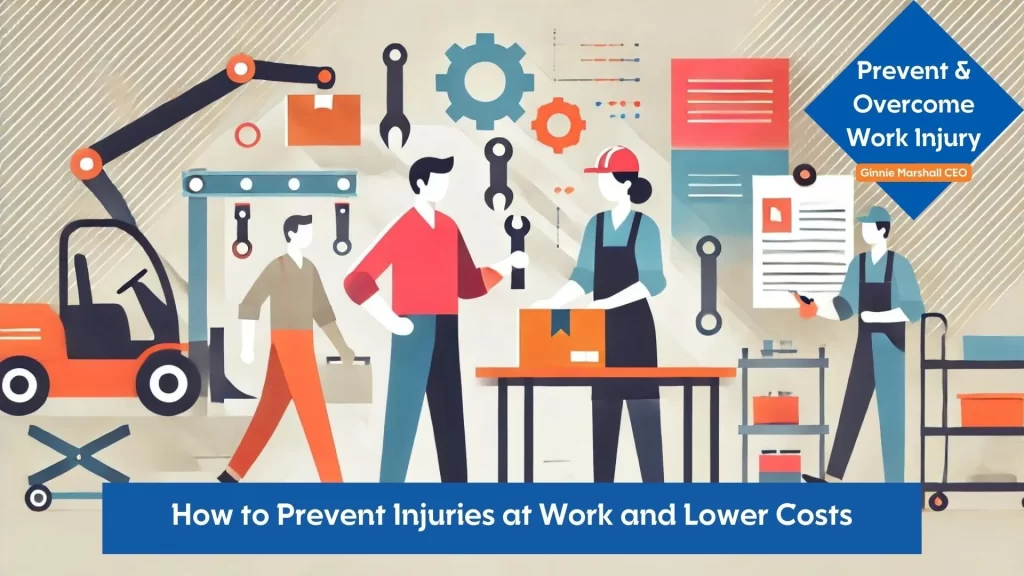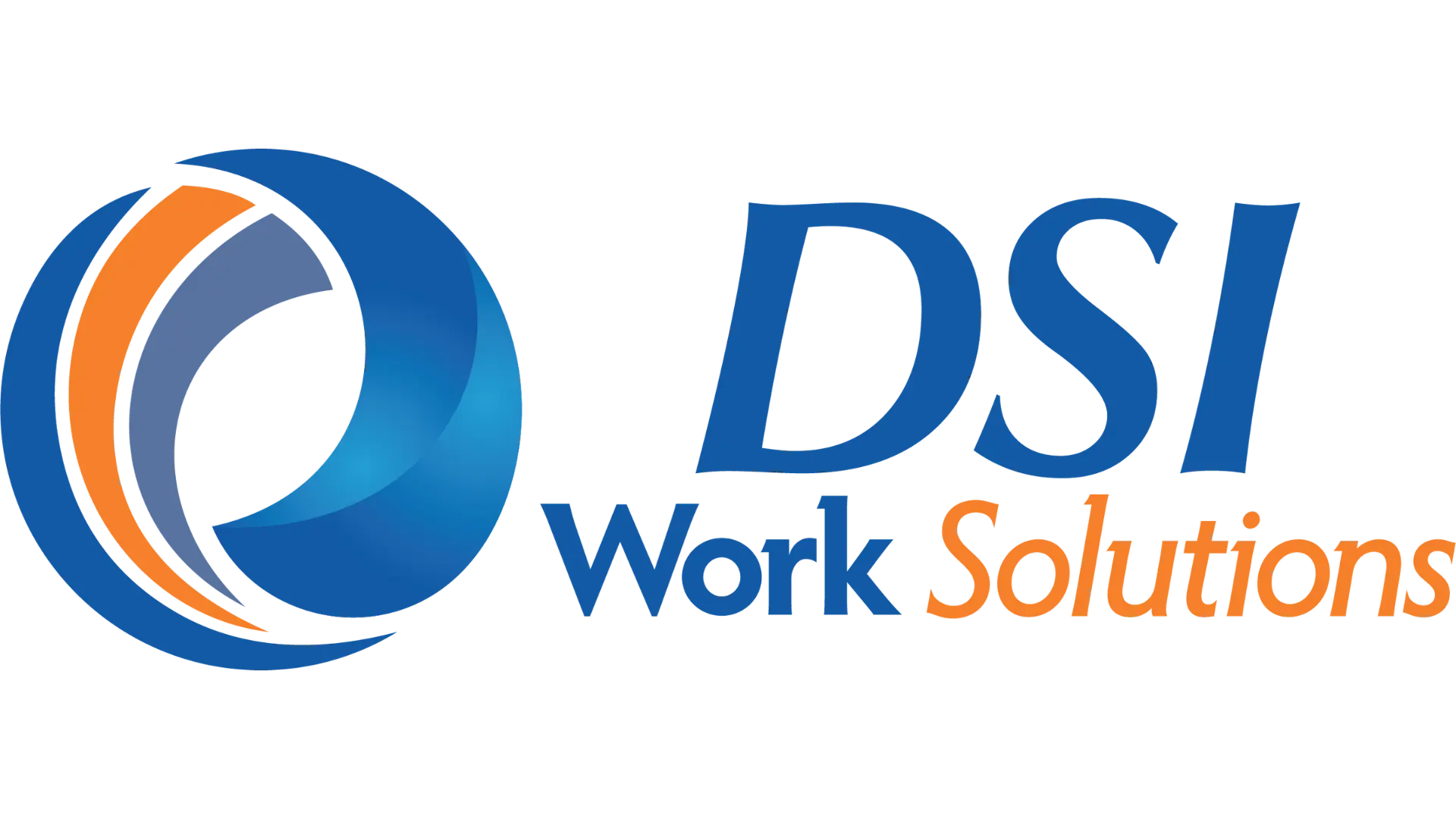Work injury prevention and wellness solutions for the industrial and tactical workforce continues to gain prioritization from employers. The term industrial athlete recognizes the correlation between the industrial workforce and sports athletes. By comparison, both are physically demanding, performance oriented, results driven, and carry the risk of injury.
In the world of professional athletes, each sport and player position has a unique metabolic, biomechanical, and physical force requirement associated with executing that role. These metrics are extensively documented, and provide guidance for many services. For example, strength and conditioning, injury prevention, injury management, recovery, nutrition, and rehabilitation.
In the workplace the situation is similar, although the number of role positions is often more expansive. That said, the importance still remains when it comes to understanding the physical demands required to perform the job. Analyzing and documenting key essential physical metrics allows the ability to appropriate, and directly tie injury prevention and conditioning services back to the job. Havin an effective job function description document allows this information to be effectively communicated across all parties. This including the employee, employer, healthcare providers, safety, and case managers.
Perhaps one of the key differences between professional and industrial athletes, is the necessity for maximal performance. In many traditional sports, athletes utilize maximum effort to jump, push, sprint, throw etc… Therefore, this is the prerogative for training, as well as the expectation when managing injury. An MLB pitcher who increases their fastball by 5mph in the offseason gains a tremendous advantage to compete in that role. Conversely, in the workplace physical demands often remain specific, unchanged, and predictable. There is no added benefit if the work requires a 50lb box to be lifted and placed at 48’’, yet the worker has the ability to place 80lbs at 72’’.
So by establishing a minimum threshold for executing the demands of the role safely, this opens the opportunity to identify a worker’s ABILITY to perform the designated work. This is not meant to discourage performance above and beyond the minimum, but instead to provide a required minimum standard for safe operation. Moreso, when faced with the challenges of job placement and return to work, it is highly advantageous to be able to evaluate the workers ABILITY to meet the required functions of the job, versus focusing on restrictions and limitations.
So the question remains to be asked: If you are offering injury prevention, work conditioning, or return to work management services why wouldn’t you analyze the job?
Individualization and Specificity are the two most crucial components for successful program outcomes, and it starts with knowing the physical job demands.












.webp)